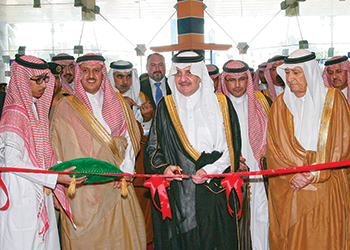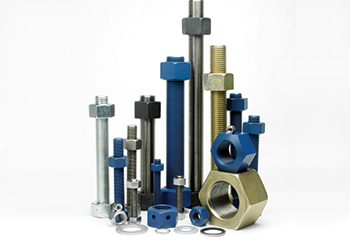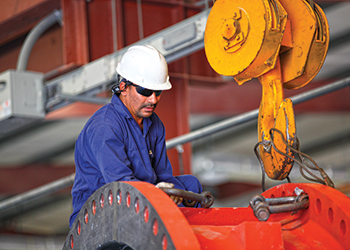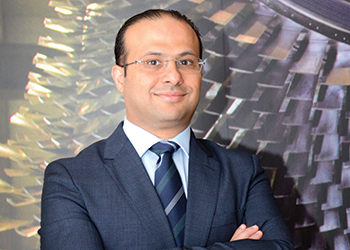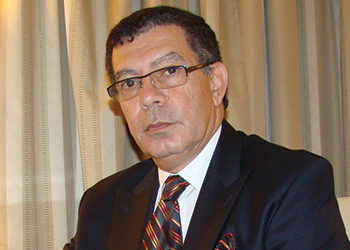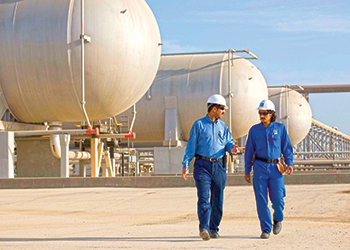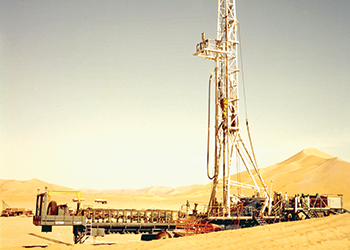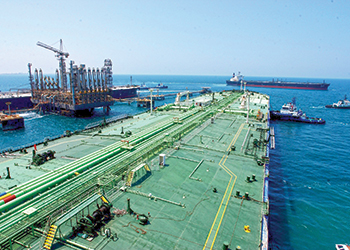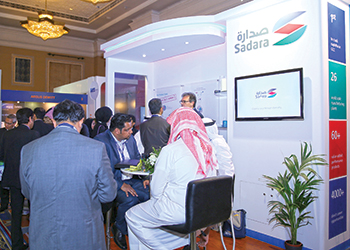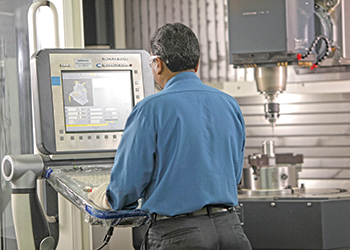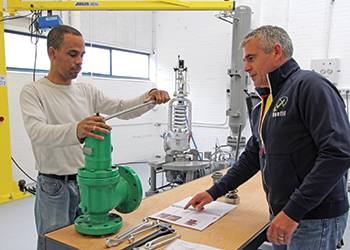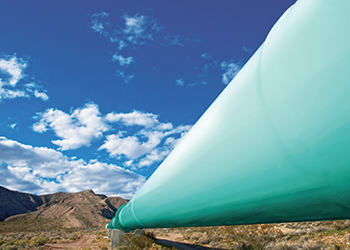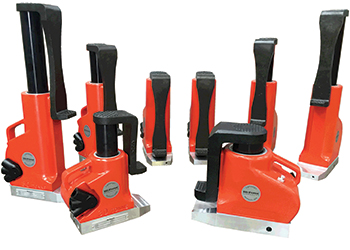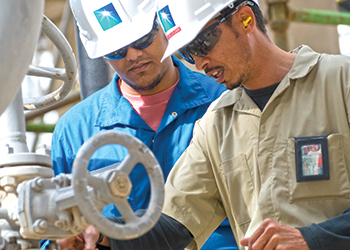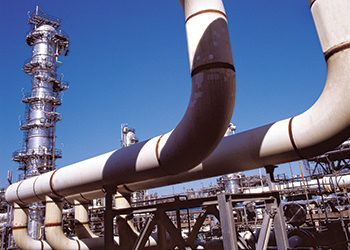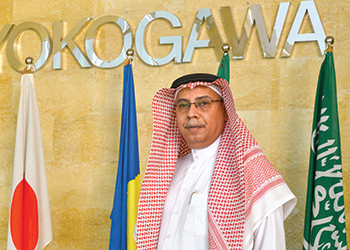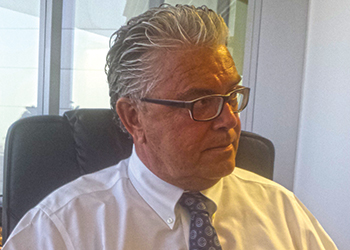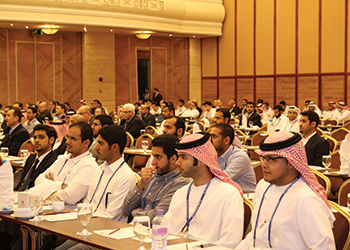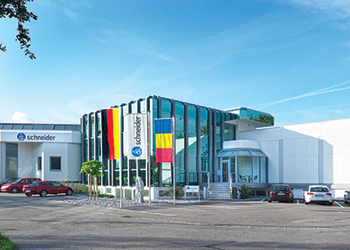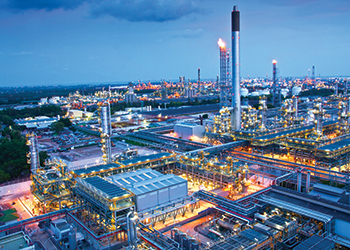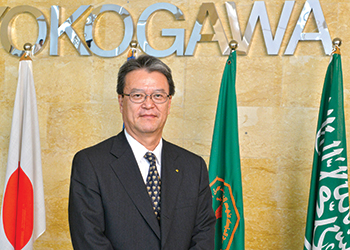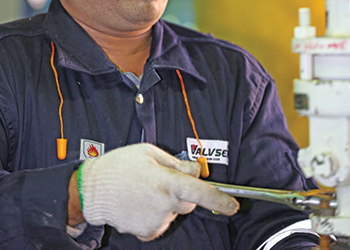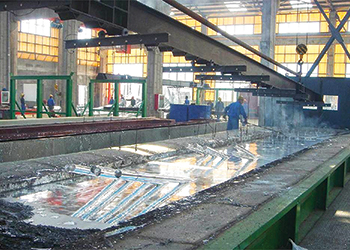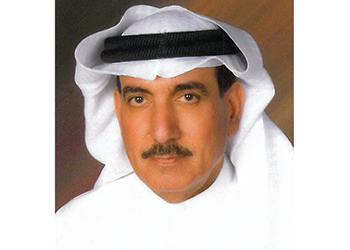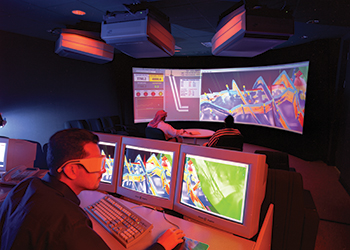
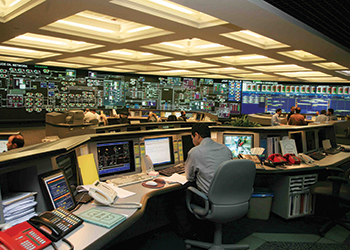 Aramco ...... tightly integrating its operations
Aramco ...... tightly integrating its operations
Based on its belief in the long-term sustainability of oil demand, Saudi Aramco is determined to maintain its capital investment plans in its global downstream system
Saudi Aramco’s advantages are its relentless drive to succeed by maximising the long-term, positive impacts it enables, its hydrocarbon resources, and the infrastructure required to take those hydrocarbons from production to performance.
This gives the company the ability to effectively participate in every aspect of its business from exploration, production, and refining to the production and marketing of chemicals and base lubes – even electric power generation.
The difference is how Saudi Aramco leverages the company’s resources, its strategic partnerships, and its assets. Due to global demographic growth and rising standards of living in the developing world, total oil demand is forecast to increase by about a quarter over the next 25 years.
During the same period, crude oil is expected to constitute a full third of all energy consumption – with most of it going downstream to the transportation sectors and petrochemicals. This reinforces the important role petroleum products will play in meeting the needs of people around the world for the foreseeable future.
Raw hydrocarbons are of little use until they are refined and converted into useable products for consumers, says Saudi Aramco in its 2014 Annual Review.
Along every step in this process, the company’s priority is to identify and leverage opportunities to realise additional value.
To create that value and grow its business, 2014 saw it make substantial progress in:
• Backward integrating to become more reliable, self-sufficient, and efficient in generating power to run its operations;
• Forward integrating from refining into chemicals, product marketing, and distribution, creating additional value through improved industrial site, product stream, and business integration;
• Shifting its business model to enhance its influence and participation in all of its downstream operations while remaining focused on performance, profitability, and technical innovation;
• Expanding globally, targeting highvalue, high-growth markets and segments;
• Supporting the development of megamanufacturing hubs and conversion parks connected to its chemicals plants; and
• Establishing the kingdom as its core industrial and refining base while meeting domestic requirements for refined products and exporting to other global demand centres.
The cumulative effect of its efforts will be a world-leading, fully integrated downstream system that maximises the value of every hydrocarbon molecule Saudi Aramco produces and a portfolio that is more robust and resilient to market turbulence.
Successful implementation of its strategy will also help Aramco achieve greater balance between its upstream and downstream businesses. Because Saudi Aramco believes energy is opportunity, it chooses to conduct its business in ways that produce the most benefit for the greatest number of people.
The company’s strategy to more tightly integrate its operations across the hydrocarbon value chain has enabled – and will continue to enable – myriad opportunities for people here at home and abroad. The following are the 2014 highlights of the company’s downstream strategy in action.
A core element of the company’s downstream strategy is integrating chemicals production with its refining assets at home and across key international geographies. This requires long-term vision, precise planning, project management expertise, and a significant investment of resources.
Saudi Aramco may choose to partner with world-class companies to create world-scale businesses, as it has done in the past and continue to do. Other times it chooses to rely fully on its own expertise when the business case calls for it.
However, Saudi Aramco executes its strategy, successfully expanding its refining and chemicals businesses will have impact beyond generating additional revenue. It will also set the stage for increased economic diversification and job creation in the kingdom as well as help Aramco to meet domestic demand for refined products.
Saudi Aramco is also taking integration to a new level: Its researchers are investigating the possibility of creating chemicals directly from crude oil, creating efficiencies that could eliminate the need for intensive traditional refining steps to perform that process.
By the end of 2013, Saudi Aramco had integrated chemicals production in six of its refineries, creating world-scale integrated chemicals complexes. In addition, it is currently expanding PetroRabigh, with partner Sumitomo Chemical of Japan, and building the Sadara Chemical Company with partner The Dow Chemical Company, boosting its total participated chemicals production capacity to more than 15 million tonnes per year (mtpy).
The company’s commitment to grow its downstream business is reflected in the fact that within a short period, Saudi Aramco will have built 1.2 million barrels per day (mbpd) of refining capacity in Saudi Arabia: the Satorp joint venture (2014), the Yasref joint venture (2014) and Jazan (2017). These are major milestone projects in its goal to increase its participated refining capacity worldwide to 8–10 mbpd, primarily in the Far East and Middle East and in other high demand growth markets.
 |
PetroRabigh ... expanding capacity |
The Saudi Aramco Total Refining and Petrochemical Company (Satorp), its joint venture with France’s Total in Jubail on the east coast of Saudi Arabia, is one of the largest, most complex refineries in the world.
It is capable of fully converting 400,000 bpd of Arabian Heavy crude oil into low-sulphur gasoline, diesel, and jet fuel that meet the highest standards and specifications in the US, Europe, and Japan. In addition to producing some of the world’s cleanest naphtha and gasoline, the complex also produces more than 1 mtpy of paraxylene, benzene, and high-purity propylene.
Other products include petroleum coke – a source of fuel for cement and power plants – and sulphur. In August of 2014, Satorp’s crude oil throughput reached the facility’s full design capacity of 400,000 bpd. This new venture will generate approximately 5,700 direct and indirect jobs and represents a major step in achieving its vision of being among the world’s top three refiners and a world-leading manufacturer of chemicals.
Saudi Aramco is implementing its integration strategy on several fronts in the kingdom. This is manifest by its latest 400,000 bpd refinery, the Yanbu Aramco Sinopec Refining Company (Yasref), which began commissioning in late 2014 and delivered its first shipment of clean diesel fuel in mid-January 2015.
Yasref is a full-conversion refinery located in the Yanbu’ Industrial City on the west coast of Saudi Arabia. A joint venture with Asia’s largest refiner, Sinopec, Yasref is designed to process Arabian Heavy crude oil from the Manifa field.
The refinery uses proprietary technologies to ensure the quality and quantity of the production of premium transportation fuels such as gasoline and ultra-low-sulphur diesel. The plant also produces liquefied petroleum gases (LPG) as well as other products including benzene, sulphur and petroleum coke for export. Africa and Europe are its target markets.
Within a few years of operation, Yasref, like Satorp, is expected to generate about 6,000 direct and indirect jobs for the community. The joint venture also enrolled approximately 700 Saudi employees in its apprentice programme to prepare them to assume full jobs in operations, maintenance, industrial relations, and engineering positions.
Yasref, like all of its domestic downstream projects, provides multiple benefits to Saudi Arabia and key markets. It will process Arabian Heavy crude oil; help meet domestic demand for refined products and export high-value products; provide feedstock for industry; generate direct and indirect jobs; and create opportunities for material and service providers.
In 2014, Saudi Aramco began construction on a project to build a refinery and terminal in Jazan in the kingdom’s southwest. The Jazan Refinery and Terminal, wholly owned and operated by Saudi Aramco, will become an integral part of its refining and distribution network. The complex, which also includes an industrial city, will help meet the kingdom’s energy demand and also export high-value fuels to international markets.
The Jazan refinery, scheduled to begin commissioning in 2017, will have the capacity to process more than 400,000 bpd of crude oil to produce gasoline, ultralow-sulphur diesel, benzene, and paraxylene.
Saudi Aramco is creating more than 1,000 direct and 4,000 indirect jobs for Saudis through this project. An added benefit to the entire southwestern region is that the refinery will be incorporated with the world’s largest integrated gasification combined cycle complex. This will allow the refinery’s own operations to economically and efficiently generate 4,000 megawatts of electricity – enough to cover the refinery’s needs, enable the development of industries within the Jazan Economic City, and provide power for area communities.
Saudi Aramco’s Sadara joint venture with The Dow Chemical Company had an initial start-up in the third quarter of 2015 and all process units will be on-stream within one year of start-up.
 |
Satorp ... complex refinery |
Sadara is on track to be the first chemical complex in the countries of the Gulf Cooperation Council (GCC) to use naphtha as part of its feedstock. This advance will lead to new speciality chemicals plants and businesses in the kingdom and open up a new range of downstream opportunities, which in turn will help create high-quality jobs for Saudis.
Currently being constructed in Jubail Industrial City, Sadara will be the world’s largest integrated chemicals complex ever built in a single phase, with the production capacity to produce more than 3 million tonnes of diversified chemicals and plastics per year.
Fourteen of Sadara’s 26 world-scale manufacturing plants are new to the kingdom. Their differentiated product slates are the building blocks used in high performance flexible packaging, hygiene and medical applications, chemicals and additives for the oil and gas industry, chemicals and membranes for water treatment, soaps, detergents, cosmetics and other personal care products, as well as adhesives, brake fluids, and car seats for the automotive industry.
The highly specialised science and proprietary technologies used to create these products will allow Aramco to extract ever greater value from its hydrocarbon molecules. The impact of this on the kingdom’s economy will be further industrial diversification built on the growth of businesses capable of manufacturing consumer products from these new chemical streams.
Sadara will also generate thousands of employment opportunities, both through the complex itself and through PlasChem, the integrated conversion industry park. Though not yet complete, Sadara is already generating substantial income for the region and skilled employment opportunities. Having experienced significant growth in manpower over the last year, Sadara currently employs roughly 2,500 staff (up from 1,500 in 2013).
Over 250 apprentices and 700 on-the-job trainees are undergoing comprehensive manufacturing and engineering training programmes in state-of-the-art centres inside and outside of Saudi Arabia. Ultimately, Sadara plans to employ more than 3,500 people while contributing to an additional 15,000 non-direct employment opportunities.
Rabigh Refining and Petrochemical Company (PetroRabigh) is another concrete demonstration of its strategy to increase the value of every hydrocarbon molecule by integrating chemicals production with refining. Rabigh Phase II will add speciality ethylene- and propylene-based products by de-bottlenecking the existing steam cracker.
In addition, the project will enable the conversion of 4,000 kilotonnes per year of naphtha into higher value aromatic products. This naphtha, which otherwise would have been exported, will be processed by the new Rabigh Phase II facilities to provide feedstock for downstream units that manufacture specialty petrochemicals or delivered as feedstock for third-party projects.
Work on the Rabigh Phase II project was roughly 68 per cent complete by year-end 2014, with construction scheduled to be completed in 2015 and start-up forecast for the first half of 2016.
 |
Sadara ... generating specialised chemicals |
Integrated with PetroRabigh is the Rabigh PlusTech Park where manufacturers will convert chemicals into consumer products, generating new industries and helping drive job creation. In April 2014, Saudi Aramco began marketing PetroRabigh products through its fully owned trading subsidiary, Aramco Trading Company.
This development underscores its resolve to capture as much value from its resources as possible to generate opportunities for people and businesses in the kingdom and internationally.
To strengthen its cooperation with business partners in the Asia and Pacific regions, Saudi Aramco established its regional headquarters in Beijing, China, and operates integrated country offices in Japan, South Korea, and Singapore. Under an aligned regional strategy, each country office provides marketing and portfolio management services and other business support to Aramco and its partners. China is its hub for chemical products sales and plays an important role in driving new business in the region and in Saudi Arabia.
Japan is a centre for supplies and inspection while South Korea focuses on supporting the Korean market and its engineering, procurement, and construction projects. Southeast Asia, a key market and potential investment destination, is covered by the Singapore office. Saudi Aramco, through an affiliate, has a 14.96 per cent interest in Showa Shell, one of the largest refiners in Japan.
Saudi Aramco is the leading supplier of oil to Japan but its relationship goes beyond providing a dependable supply of petroleum energy. Saudi Aramco works with leading Japanese companies in a variety of sectors, contributing to economic growth in the country and also enabling expansion opportunities for businesses in Saudi Arabia, including the development of a vibrant energy sector in the kingdom.
As the single largest supplier of crude oil to South Korea, Saudi Aramco is committed to long-term relationships with its customers there. Saudi Aramco also has developed mutually beneficial partnerships with leading Korean companies in areas such as engineering, construction, and energy research.
On July 2, 2014, its Aramco Overseas Company (AOC) subsidiary announced its largest overseas investment to date, agreeing to purchase the Hanjin Group’s entire stake in S-OIL, comprising 31.9 million shares. S-OIL is South Korea’s third largest refiner. This share purchase increased AOC’s ownership interest in S-OIL from 34.99 per cent to 63.4 per cent.
The transaction has been completed after receiving all necessary regulatory approvals. The S-OIL share purchase is a clear demonstration of the evolution of its downstream strategy to build its overseas assets into a unified global network that achieves closer integration between its refining, chemicals, lubes, distribution, and retail systems.
Long recognised for its outstanding environmental performance by the local community and government, the Fujian Refining & Petrochemical Company (FREP), is its joint venture with Fujian Petrochemical Company Limited, ExxonMobil, China Petroleum and Petrochemical Company Limited (Sinopec), and the Fujian provincial government.
FREP is a key element in its Asia chemicals strategy. In 2014, FREP increased its existing steam cracker capacity from 800 to 1,100 tpy and the refinery capacity from 240,000 bpd to 280,000 bpd. This also raised production of polyethylene, polypropylene, and butadiene. New ethylene oxide and ethylene glycol units were mechanically completed in 2014 and on-stream in February 2015.
A project to recover up to 80 per cent of hydrocarbons in refinery waste gas streams was also completed and FREP is currently building an asphalt marine export facility to develop asphalt sales channels outside the Fujian market. This could significantly increase asphalt sales in the region by capturing China’s high-growth asphalt market and contribute to an improved road and highway network. The Asian region represents an important future growth area for its investments.
 |
Pertamina ... teaming up with Saudi Aramco |
On December 10, 2014, Saudi Aramco signed a Memorandum of Understanding with PT Pertamina, the state-owned oil and gas company of Indonesia, to study the feasibility of upgrading three refineries in Indonesia: Cilacap in Central Java, Balongan in West Java, and Dumai in Sumatra, which will be studied at a later stage.
The upgrades will increase capacity, allow the processing of Saudi Arabian crude oil, improve fuel quality to Euro 4 specifications, and produce chemicals and base oils. The memorandum also includes studying the marketing of fuels, chemicals, and base oils.
In 2014, Saudi Aramco continued its efforts to turn around the performance of Motiva Enterprises, a Houston-based refining and marketing joint venture between Saudi Refining, Inc. (a Saudi Aramco subsidiary), and a Shell Oil affiliate. This effort was carried out in collaboration with its Shell Oil partner to enhance refinery processes to upgrade performance and better position the company to capture market opportunities.
As a result, in 2014 Motiva significantly improved its profitability. Trusted to deliver Being responsive to the needs of its customers depends on its ability to move its products to wherever they are needed – 100 per cent of the time – and on its commitment to customer service. In 2014, Saudi Aramco completed several projects that increased the capacity and effectiveness of its distribution network to ensure that its customers, both domestic and international, have the products they need when they need them.
After four months of work, berthing platform No 4 of its Ras Tanura Sea Island Terminal was completely upgraded. About a third of the project team was comprised of young Saudi employees. The team successfully completed the project to improve the integrity of the piping, structures, and equipment, totaling 750,000 safe manhours.
With the upgrade complete, Sea Island No 4 has returned to service as an enhanced and important link between its products and its customers. All of its major engineering and construction initiatives, whether in distribution, oil, gas, or chemicals, include a sizable proportion of young Saudi talent to ensure its workforce has the necessary skills to meet the challenge of future mega-projects. Saudi Aramco completed 90 per cent of the design package to de-mothball and integrate the Al-Mu’ajjiz Terminal with the Yanbu’ Crude Oil Terminal.
The added capacity will accommodate the increased volumes of fuel oil and supplies of Arabian Heavy crude oil to Yasref, Jazan, and Jiddah refineries. This development will boost its ability to meet its commitments to its customers and maintain its export capability from the kingdom’s west coast. On the logistical front, its extensive distribution network is continuously upgraded to serve customers.
From a cost, reliability, and efficiency standpoint, pipelines are a preferred method of transporting its energy to its processing plants, refineries, and major distribution points. Saudi Aramco takes great care to maintain its pipeline network and to safely add the required capacity to meet the expanding needs of its customers.
 |
Motiva … improved profitability |
And that need has been growing over the decades. Based on future estimated demand, Saudi Aramco anticipates a system of 28,610 km of pipelines by 2020, an increase of 31 per cent compared to the current network. Two major pipeline projects were completed in 2014 that will help Aramco meet the kingdom’s demand for refined products. First, Saudi Aramco commissioned a new 30-inch, 400-km pipeline with a capacity of 310,000 bpd, linking the Dhahran Bulk Plant with the North Riyadh Bulk Plant.
The pipeline will help meet the Central region’s demand for diesel and kerosene. Second, to meet demand in the Qassim area, Saudi Aramco increased the capacity of its RQ-1 pipeline by 15,000 bpd to 125,000 bpd. This increased capacity reduces the volume of refined products trucked from the Western region, resulting in annual cost avoidance estimated at roughly $20 million. Saudi Aramco also launched a project to increase the capacity of its East-West Crude Oil Pipeline to 7 mbpd. Detailed engineering was 90 per cent complete at year-end.
In support of its growing pipeline network, research in robotics and nanotechnology for coatings has the potential to significantly improve the safety and longevity of its pipeline assets. The expansion and upgrading of its domestic pipeline network creates benefits beyond economic ones: Fewer trucks on the road mean safer highways and lower emissions.
Aramco Trading Company, its wholly owned subsidiary, was specifically established to maximise downstream integration and generate further value by optimising its growing global downstream presence.
The organisation is entirely focused on importing and exporting refined petroleum products and representing its interest in sales and purchases of refined petroleum products such as condensates, naphtha, gasoline, middle distillate fuels, fuel oil, residual petroleum products, and sulphur.
In 2014, Aramco Trading expanded its market presence by marketing directly to third parties for product sales and purchases, optimising operations of its storage and blending facility, introducing chemical products sales and marketing, and increasing chartering activities in response to growing trade volumes.
Aramco Trading achieved a new milestone in 2014 when it began officially marketing paraxylene from Satorp and polyolefins, polymers, and monoethylene glycol from PetroRabigh.
The growth of Aramco Trading is a key component in its strategy to build a truly integrated downstream business. One area where Saudi Aramco has integrated its operations from production to customer is in China’s Fujian Province and the eastern part of Guangdong Province.
This is home to its marketing venture, Sinopec Sen Mei (Fujian) Petroleum Co Ltd (SSPC). Through its network of 942 retail sites and 14 distribution terminals, SSPC sells wholesale and retail motor gasoline, diesel, and illuminating kerosene. In 2014, SSPC established 15 new gasoline stations as it moved forward with its plan to develop an additional 30 retail sites.
It also developed 12 new liquefied natural gas (LPG) and compressed natural gas sites. Since 2013, SSPC has been recognised by Sinopec for outperforming all of its other provincial companies as well as its other foreign retail ventures in China.
By investing the energy of its people, its unique expertise, and its resources to integrate all along the hydrocarbon value chain, Saudi Aramco enables new opportunities in the kingdom and across the world.
Safe, reliable delivery to its customers Saudi Aramco operate a world-scale logistical network in Saudi Arabia, providing crude oil, natural gas, and refined products to customers in the kingdom. Its crude oil and natural gas liquids (NGL) export terminals supply energy to consumers around the world.
This interconnected network of oil and gas processing plants, refineries, pipelines, bulk plants, air refuelling sites, and terminals is monitored and controlled from the Operations Coordination Centre in Dhahran, ensuring responsiveness and reliability. The 'Big Board' in the centre is the largest video display screen in the industry. At a glance, operators can see the entire hydrocarbon production and distribution system.
With the click of a mouse, operators can check the status of individual pipeline valves, the feed rate of a refinery, the volume of a storage tank, or the loading status of a supertanker. In 1990, the total length of its pipeline system in the kingdom measured 12,100 km. The network now extends nearly 20,000 km, roughly equal to travelling from Riyadh to New York City and back again.
Five marine ports load millions of barrels of oil and refined products each day onto ships destined for terminals in the world’s three major energy markets: Asia, North America, and Europe.



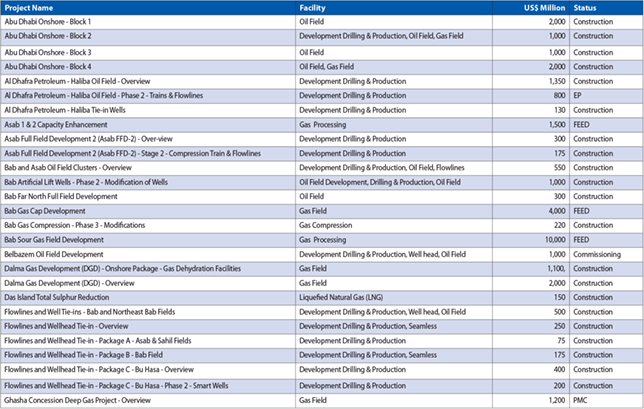
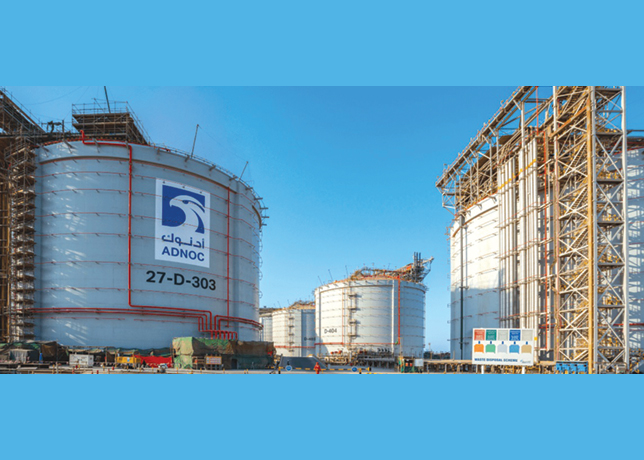
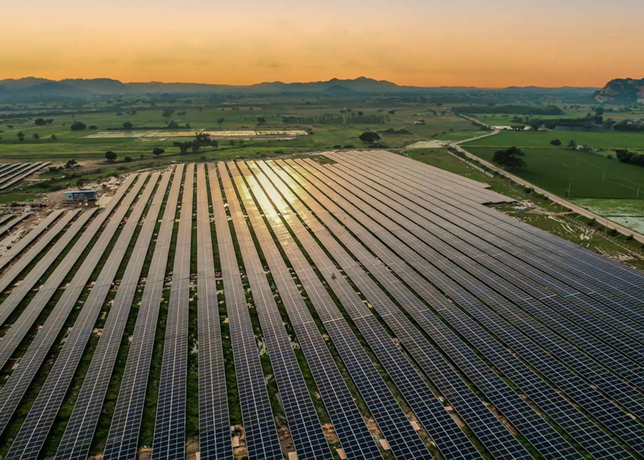

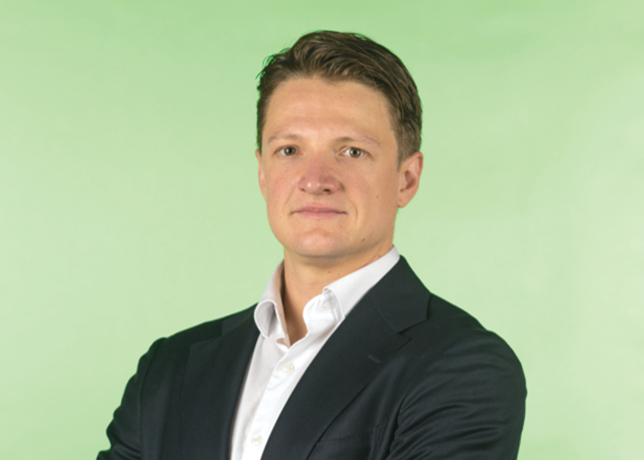
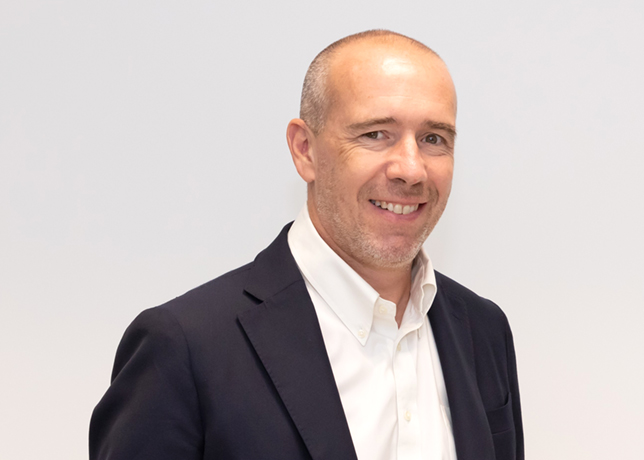
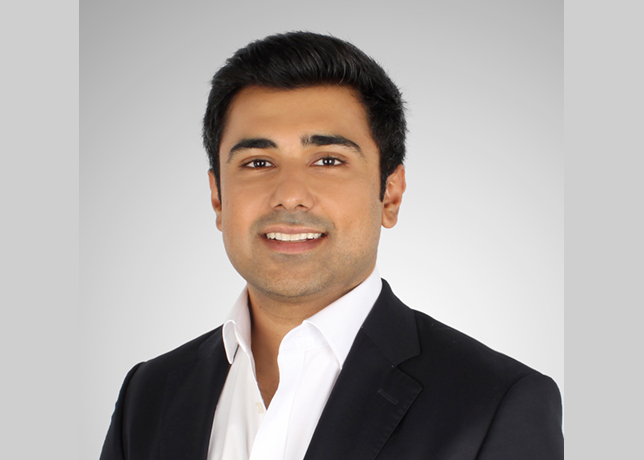
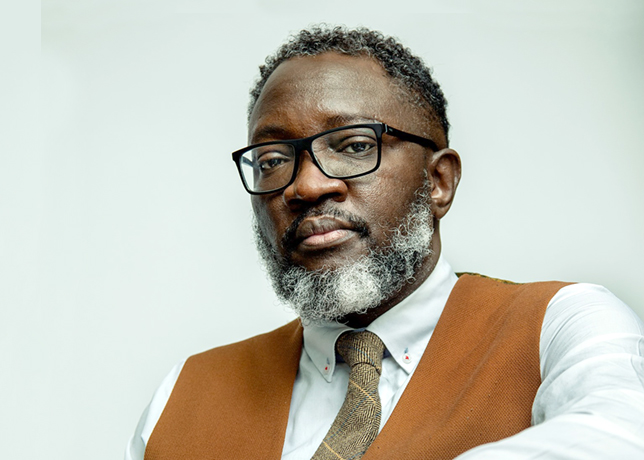
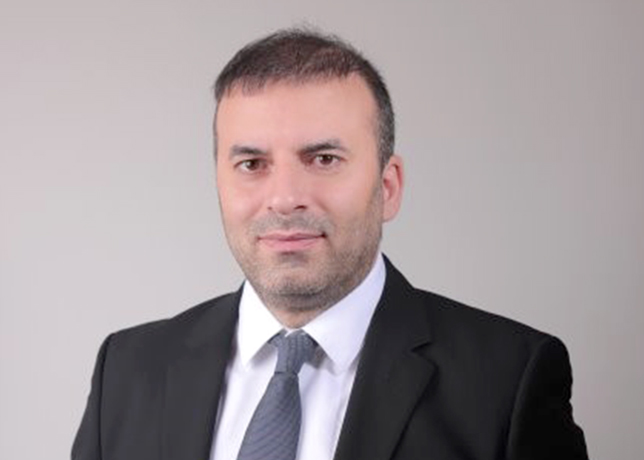

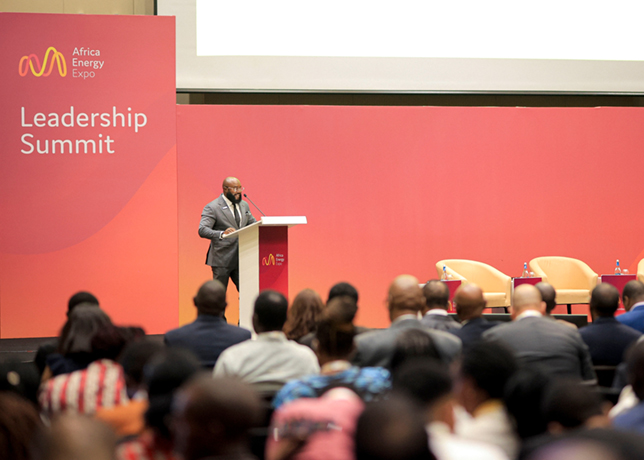
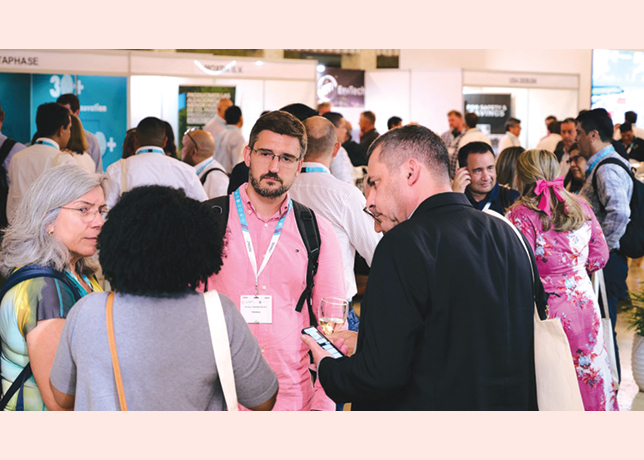
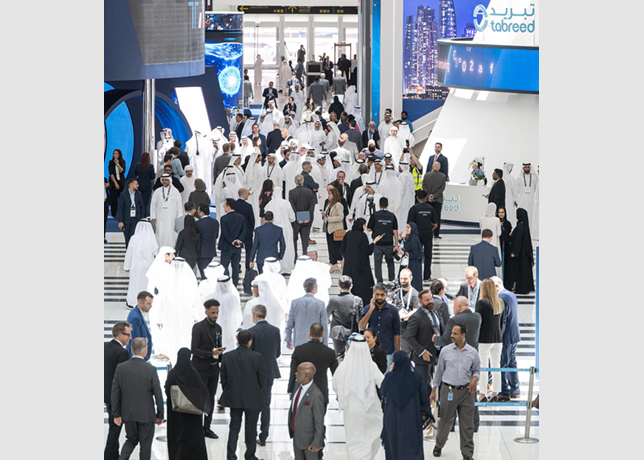
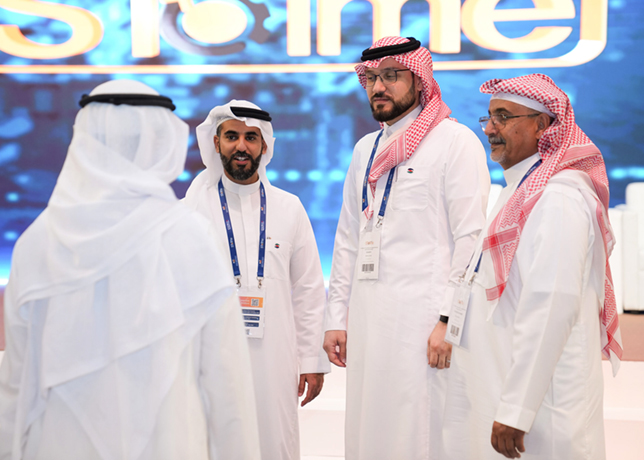
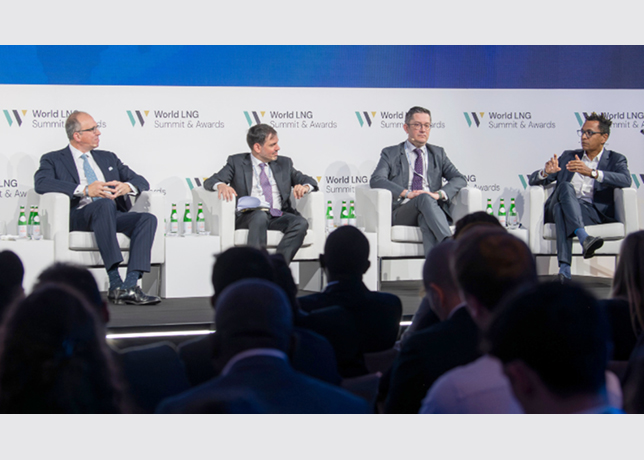
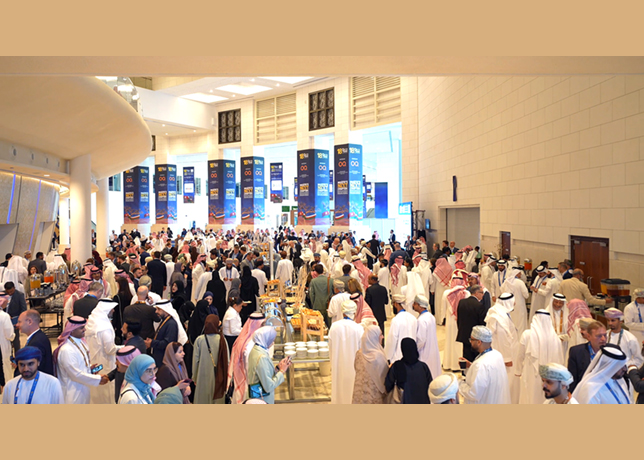

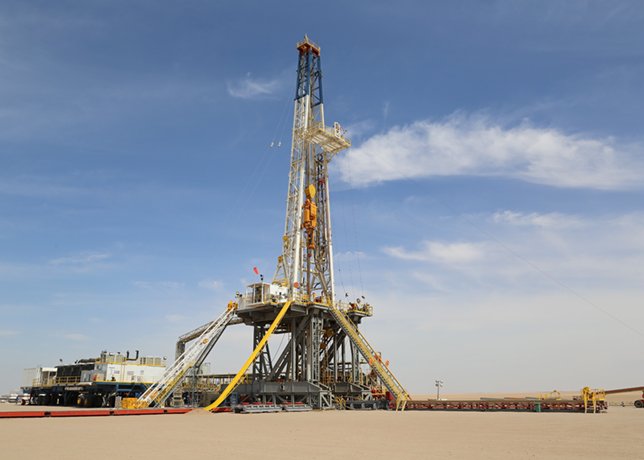
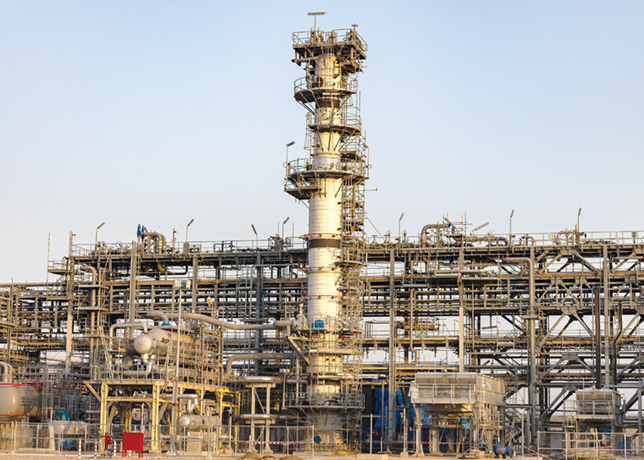
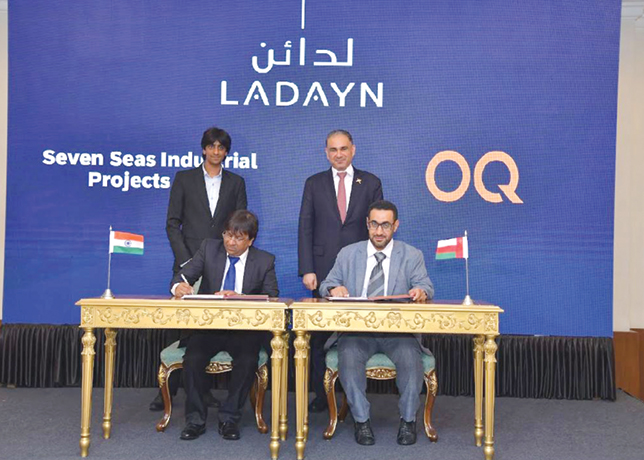
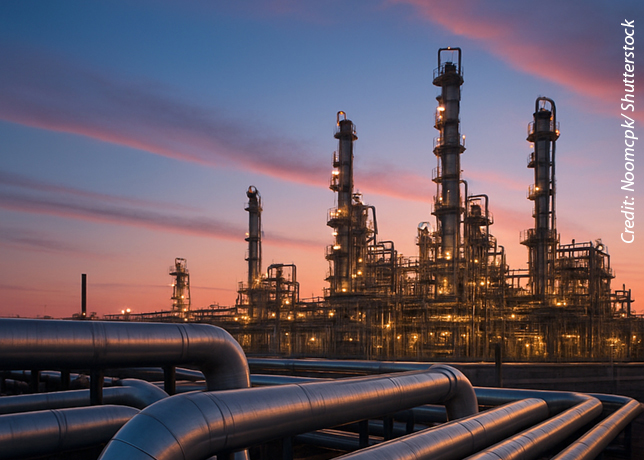

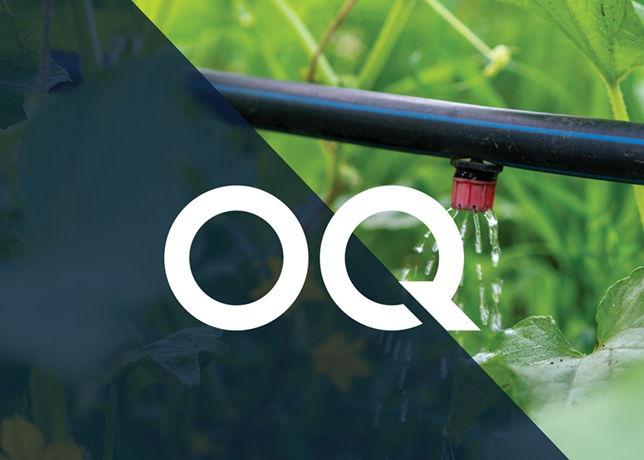
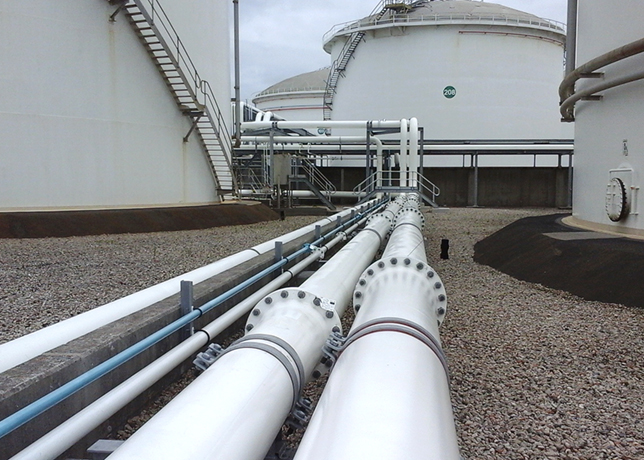

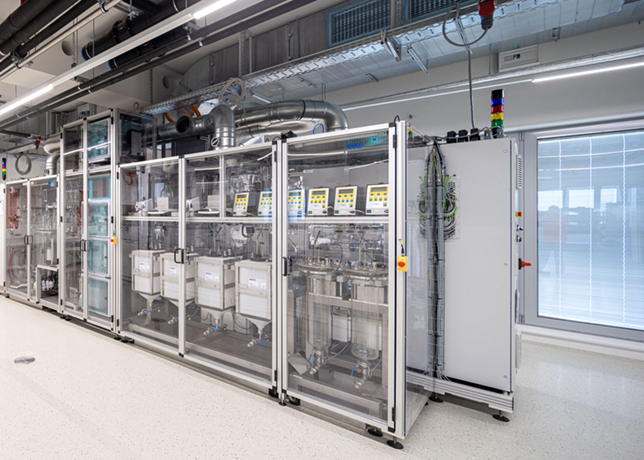


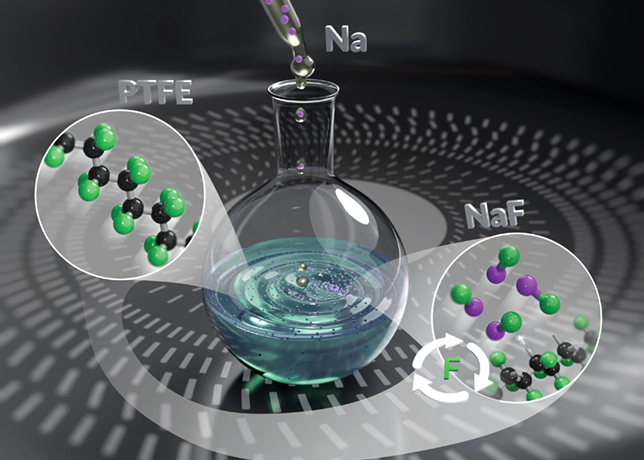
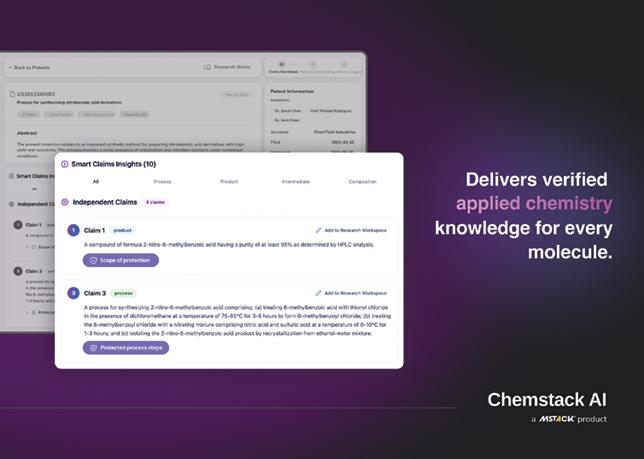
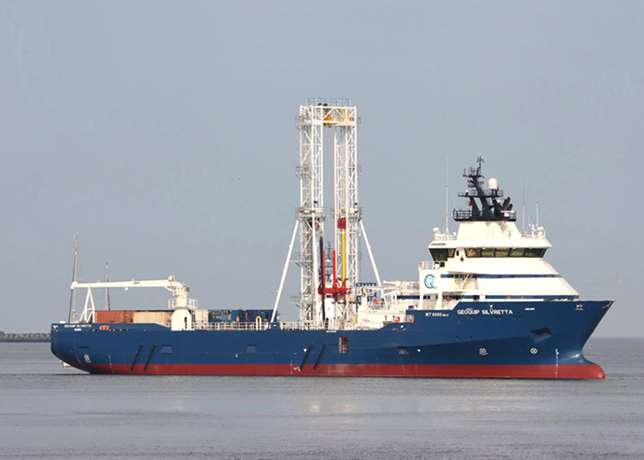


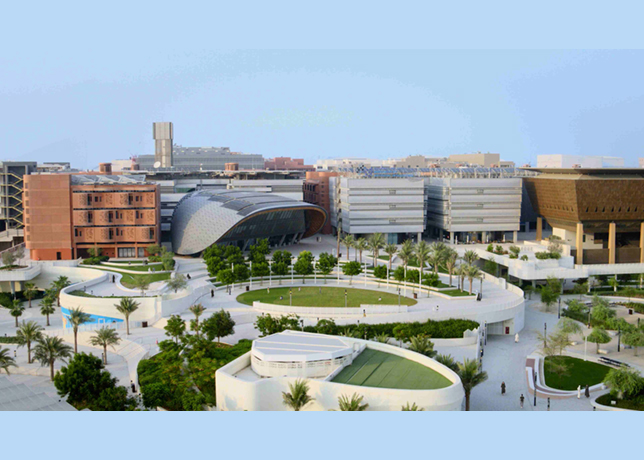
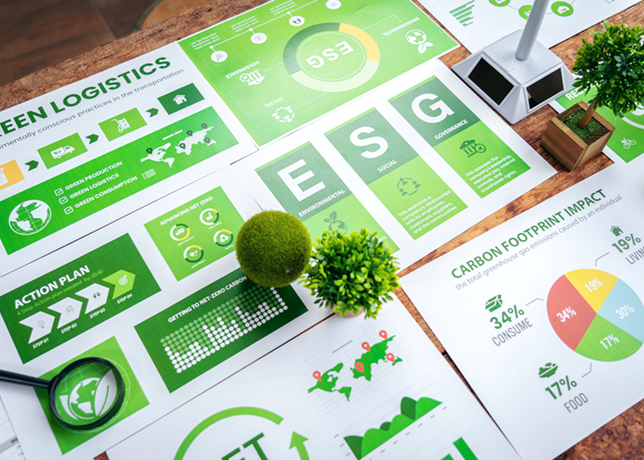
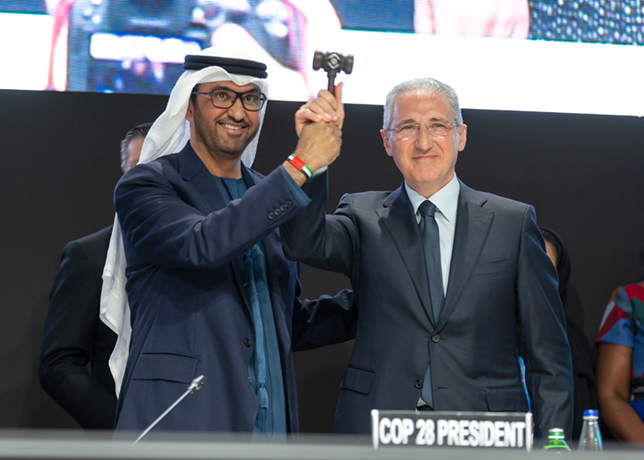

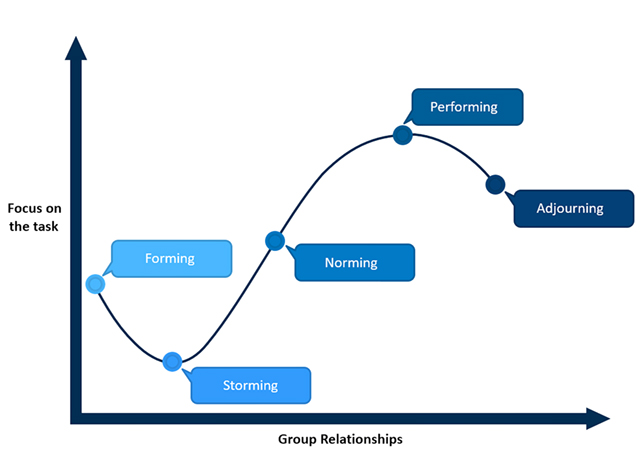
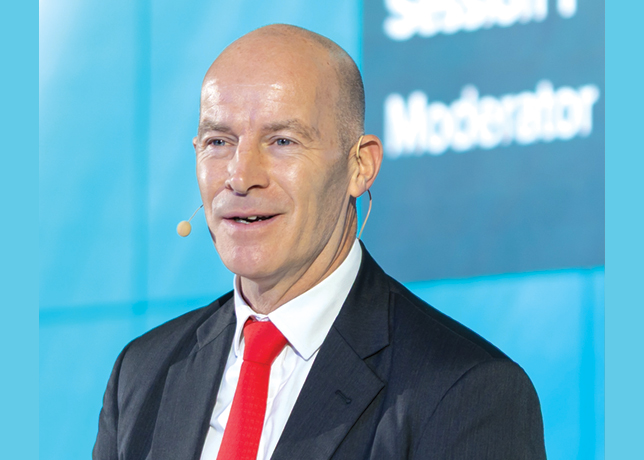
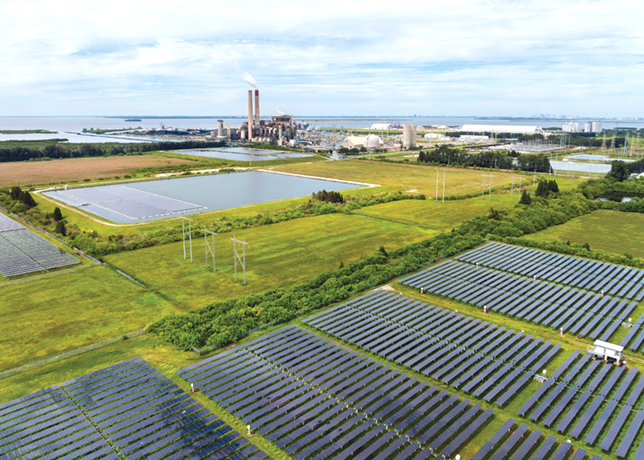
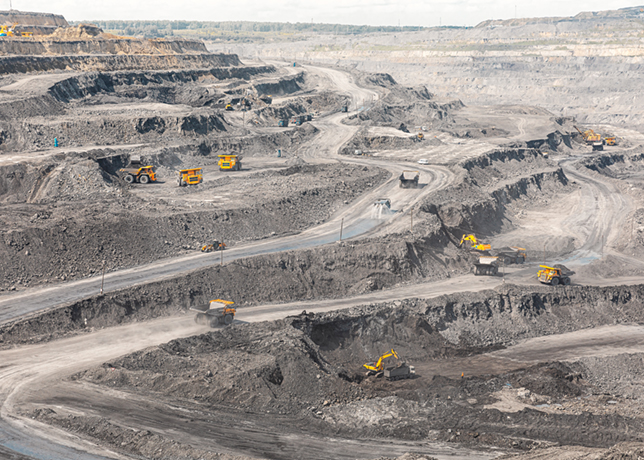
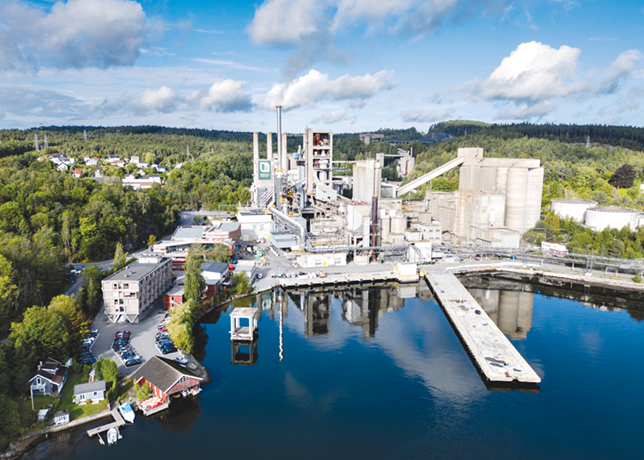
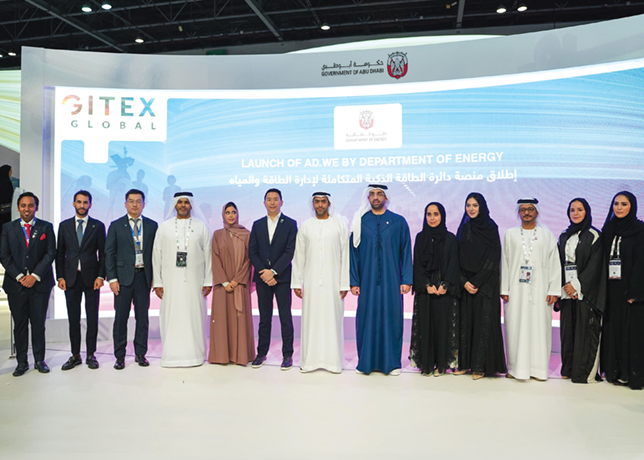
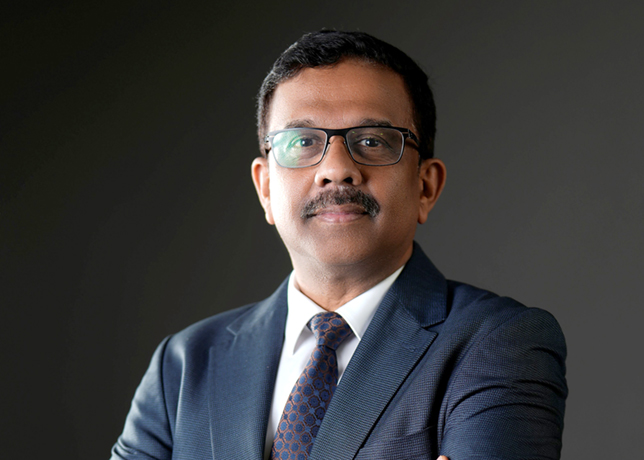

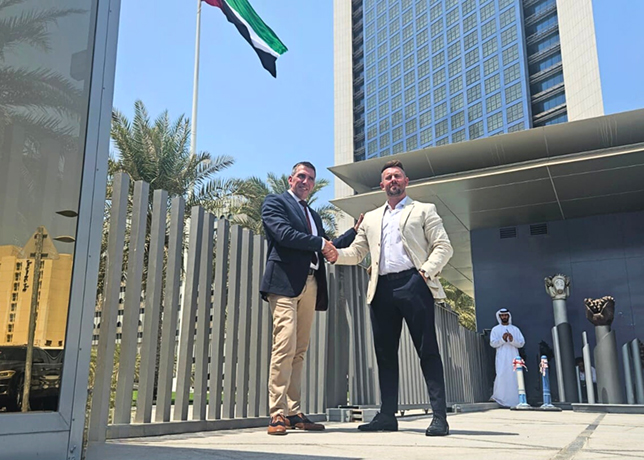
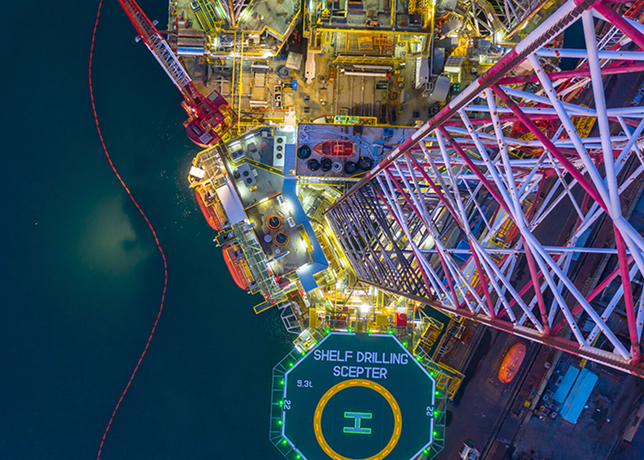

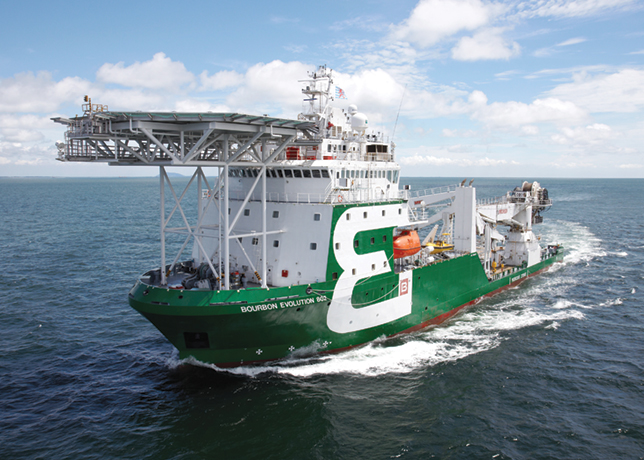
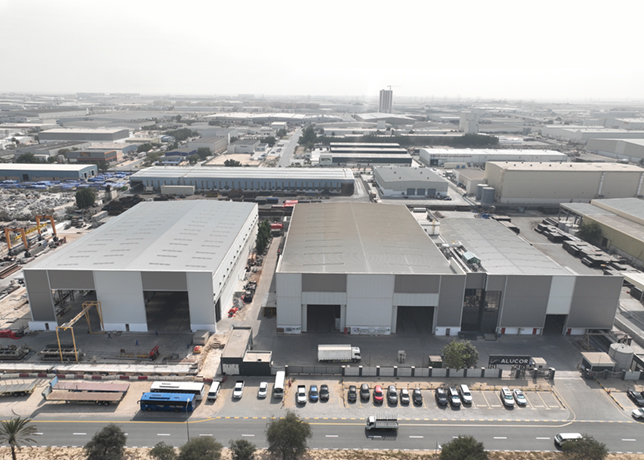
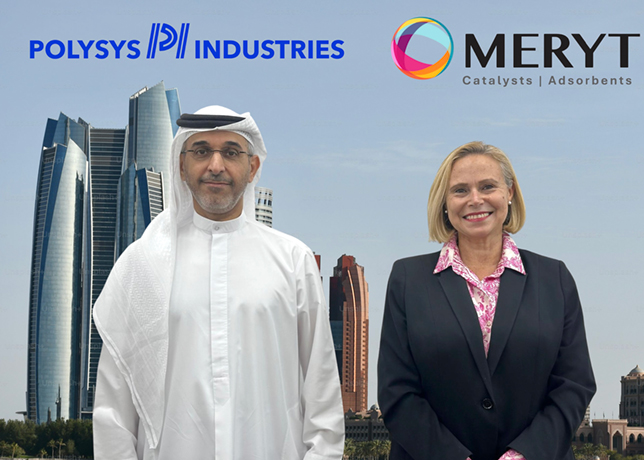
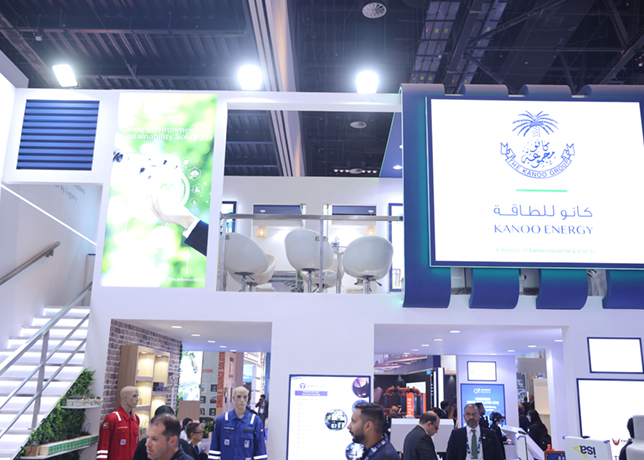
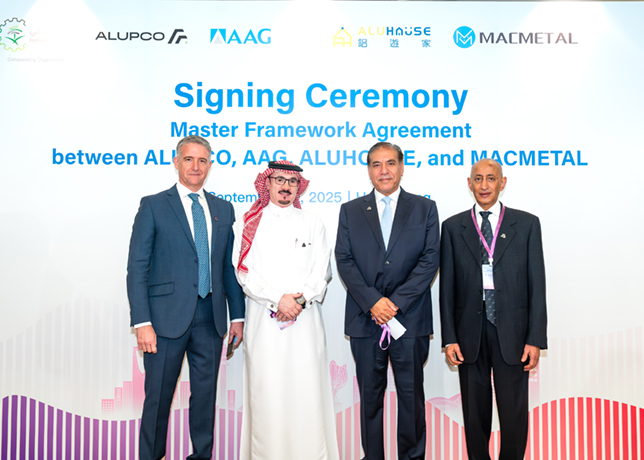


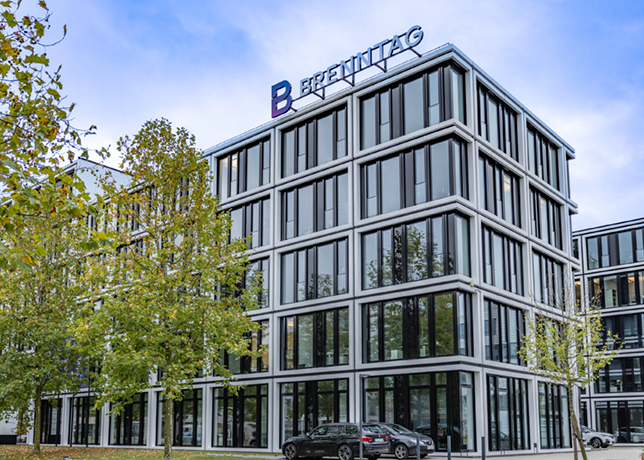

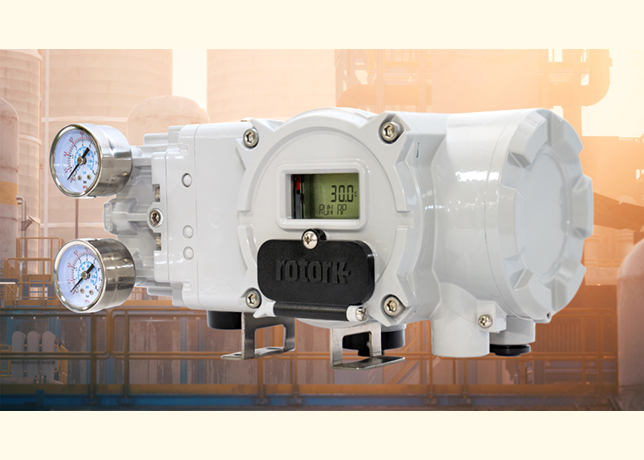
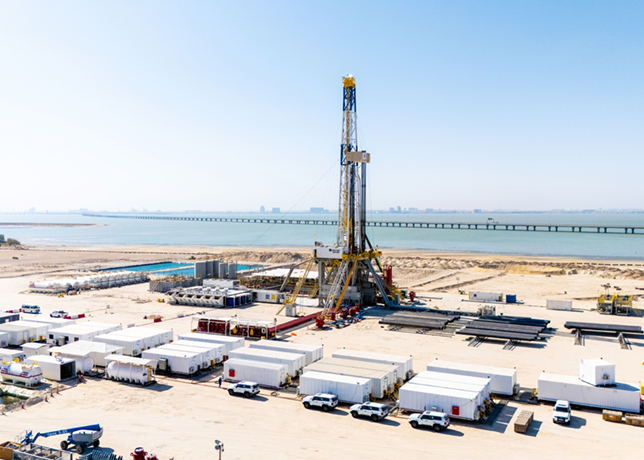
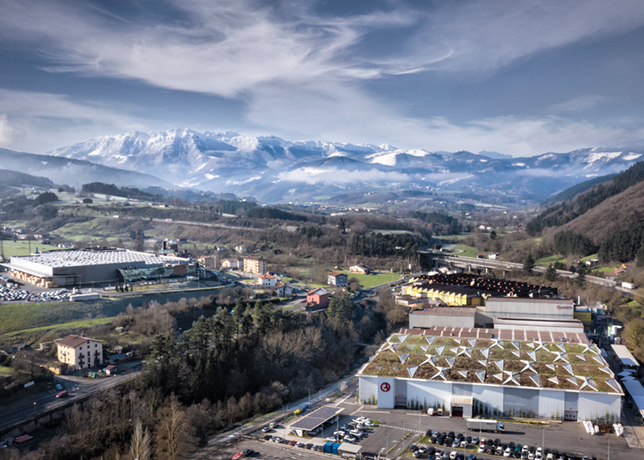
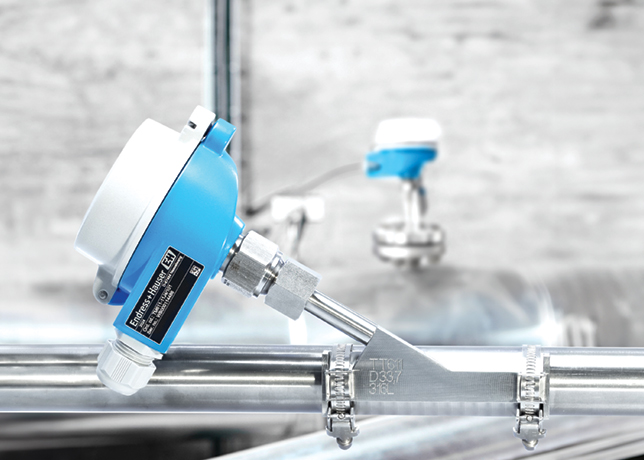
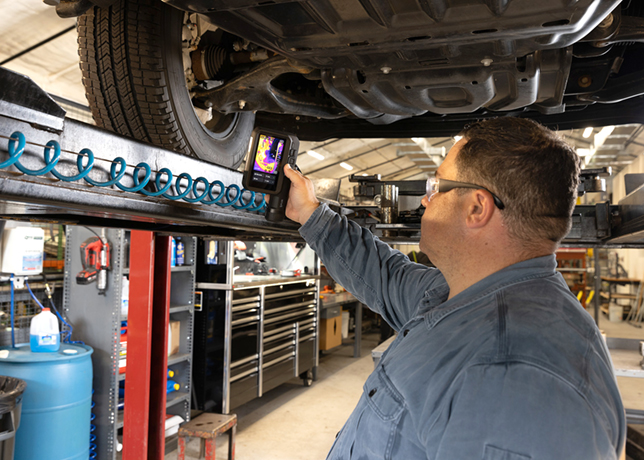
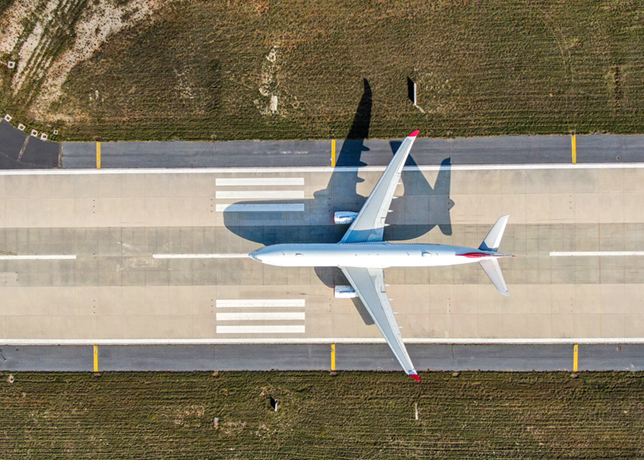
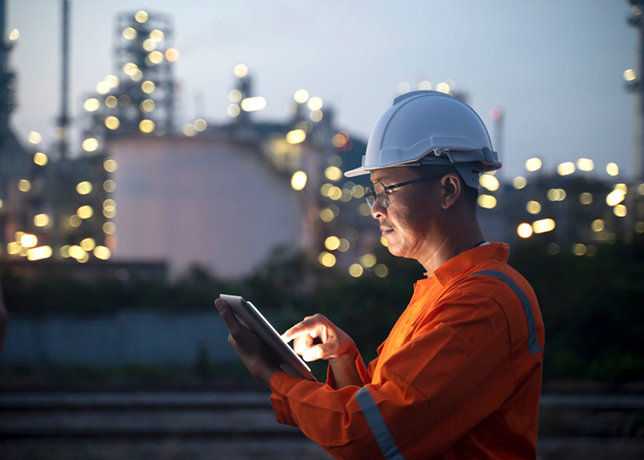
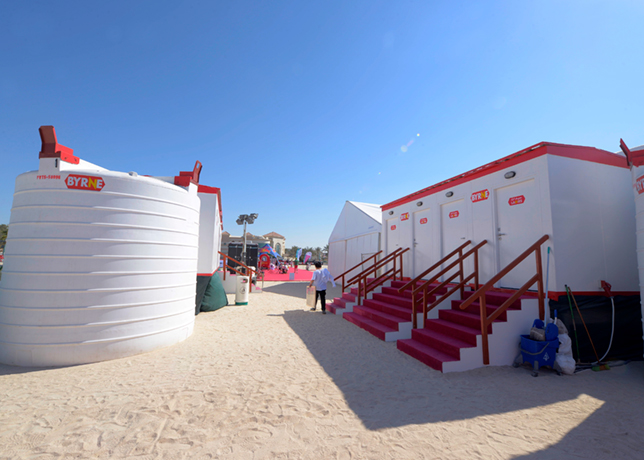
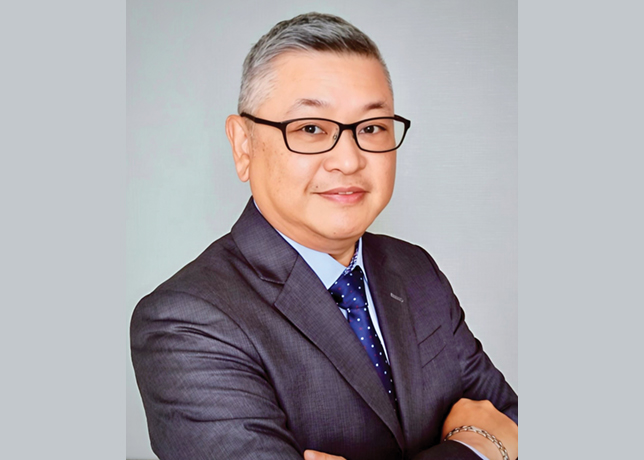
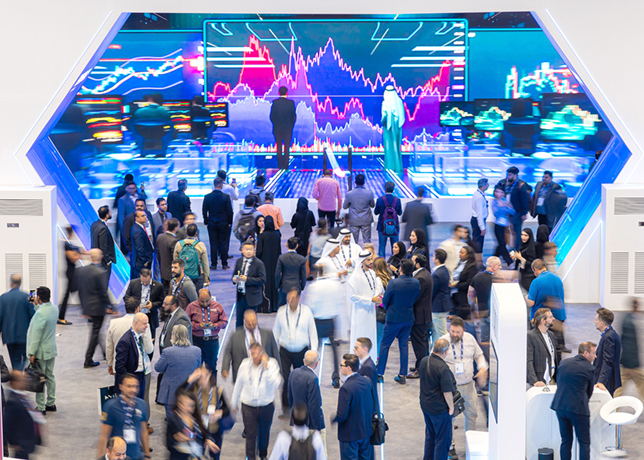
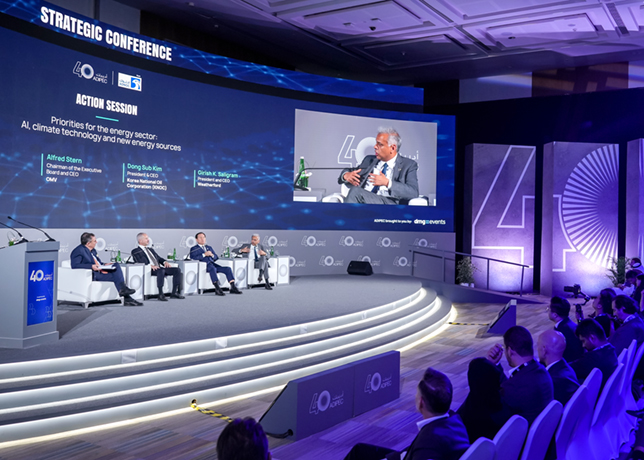
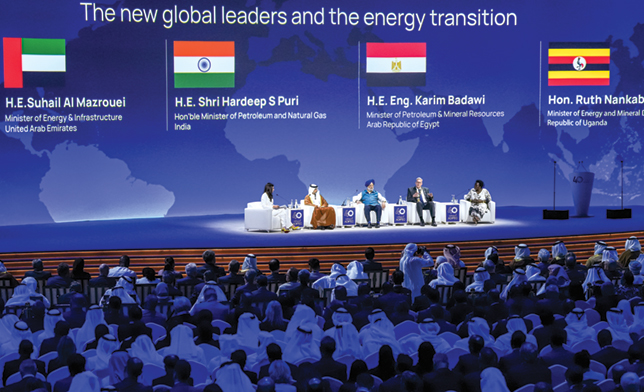
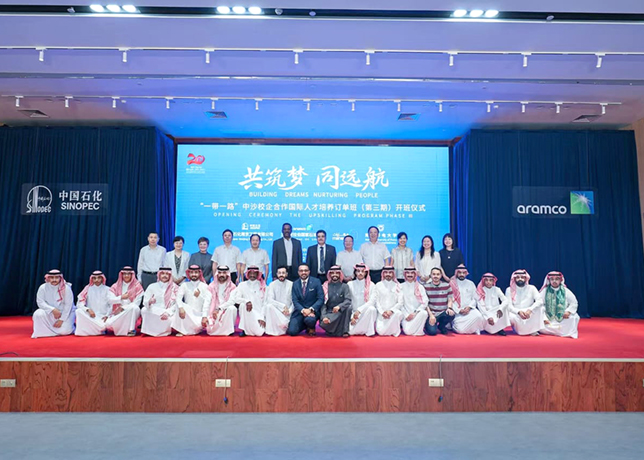
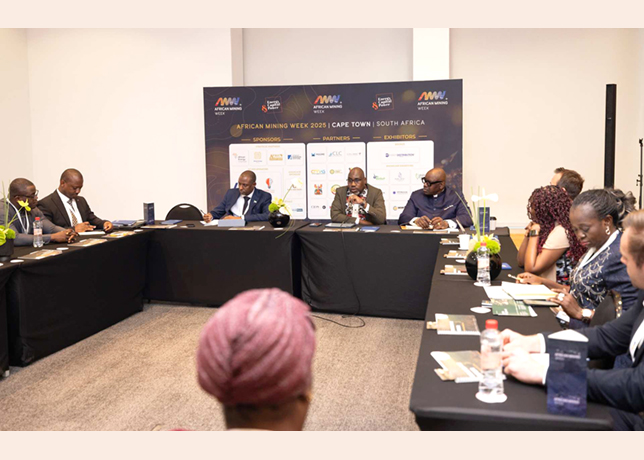
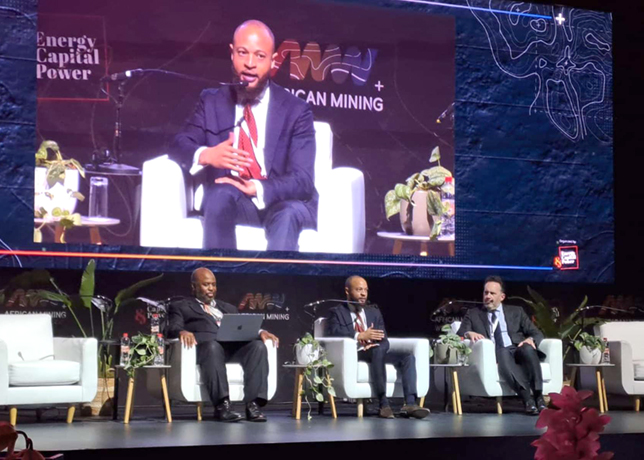
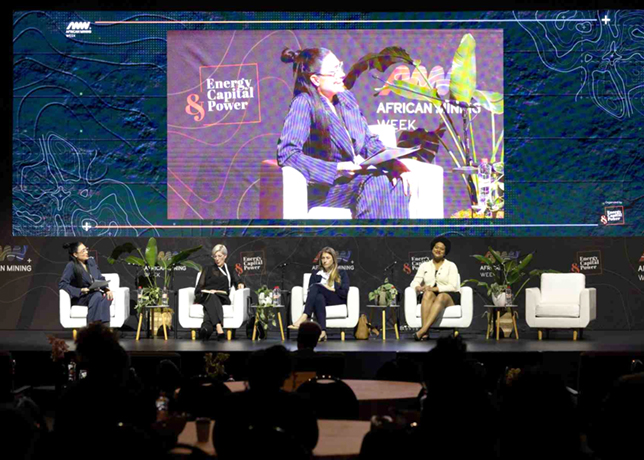
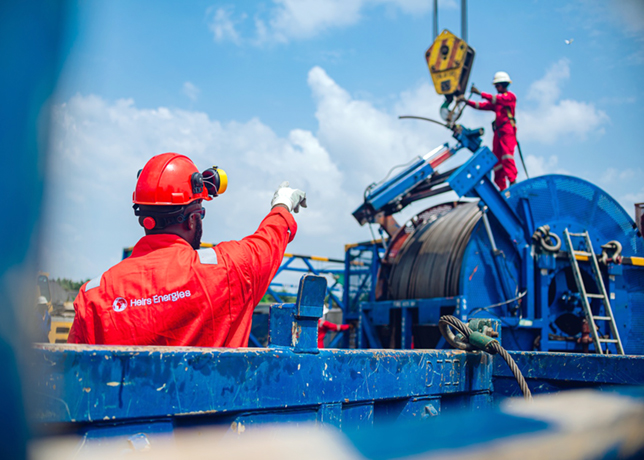
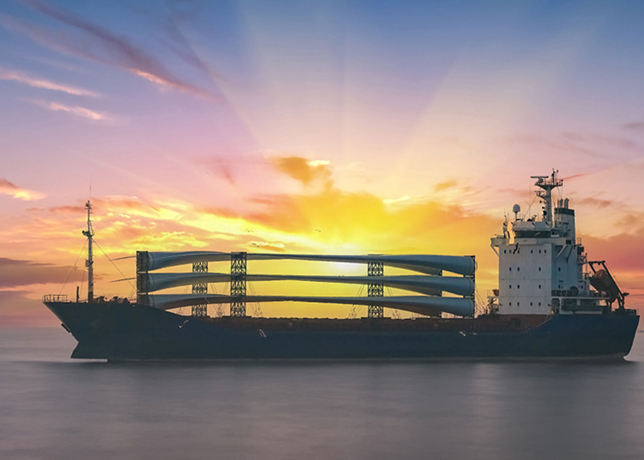
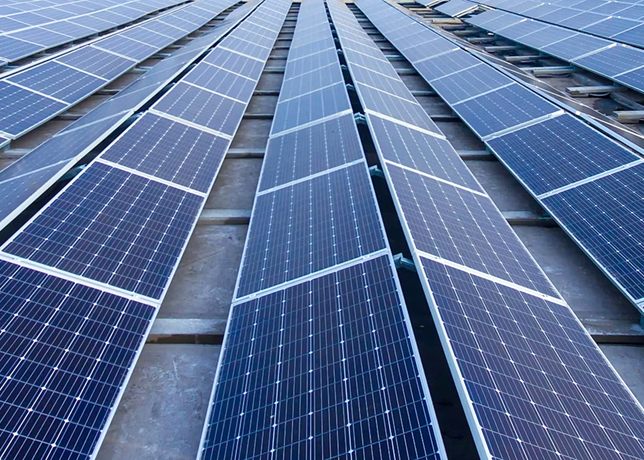
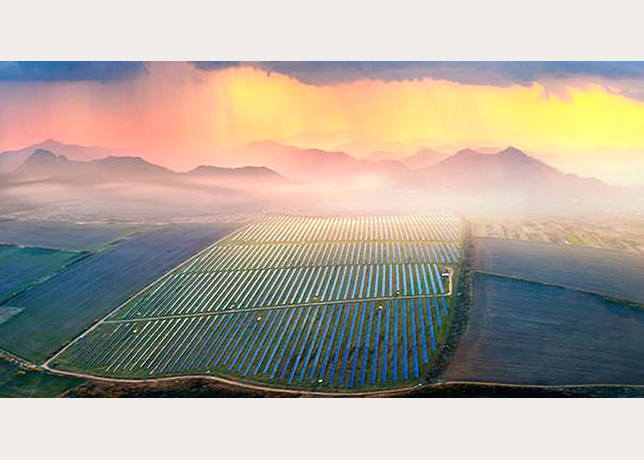
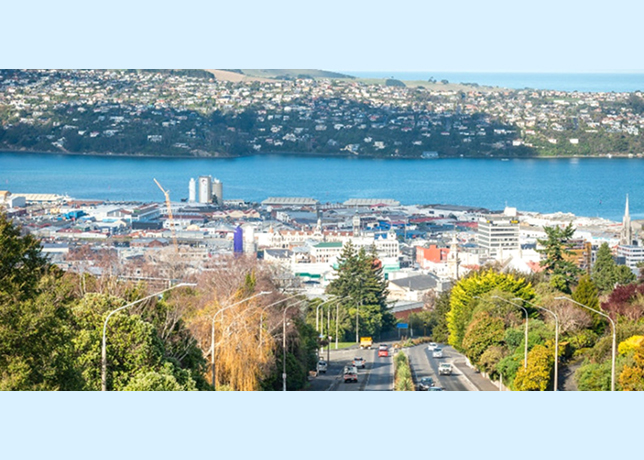






















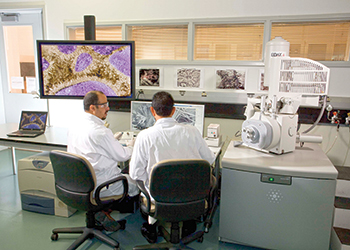
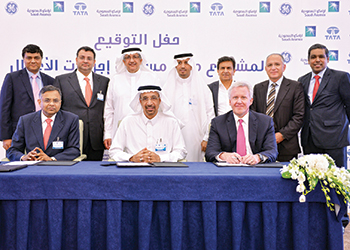
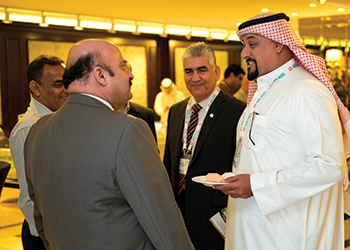
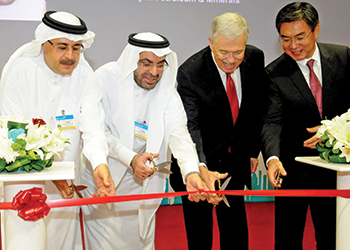
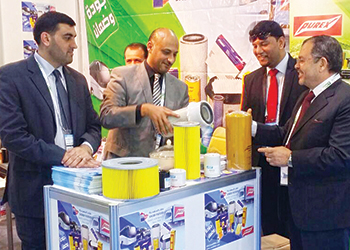

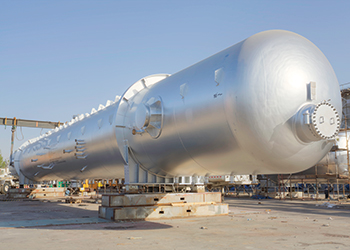
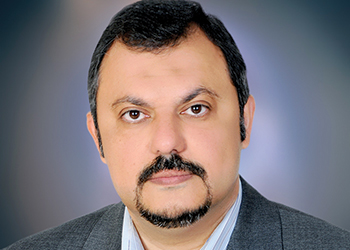
.jpg)
